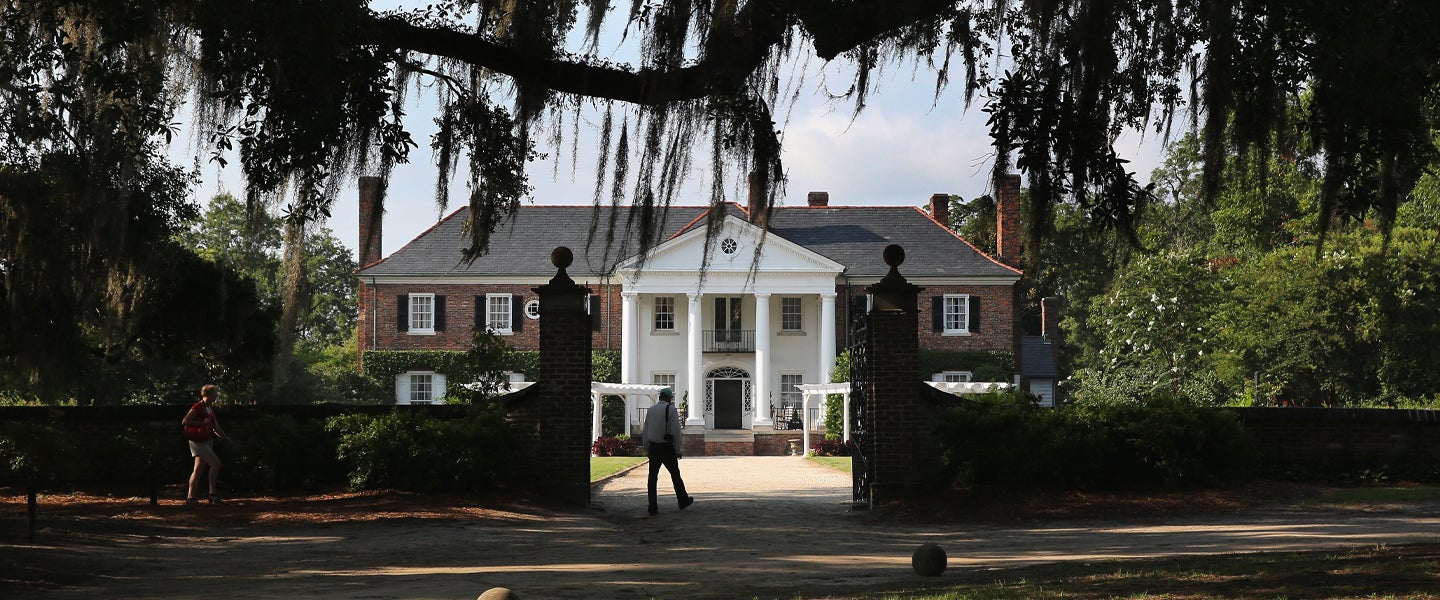In Montgomery, Alabama, protesters of George Floyd’s death toppled a statue of General Robert E. Lee outside of a downtown high school. Once it was torn down, they used cars to drag the statue away, as other protesters shouted, “Hey hey, goodbye!” Meanwhile, in Birmingham, protesters tore down a monument of Charles Linn, a Confederate navy captain. And over in Richmond, Virginia, protesters used ropes to pull down a statue of Confederate General Williams Carter Wickham. Further west in Tennessee, protesters in Nashville tore down a statue of Edward Carmack, a publisher and former lawmaker who used his power to incite arson to destroy the Memphis newspaper office of famed Black journalist Ida B. Wells. Now, though, he had finally been pulled down from its pedestal — a justice long delayed.
The thing is, we need to go much, much further. We can’t quell our hunger for justice with the satisfaction of symbolic victories. We need to erect new cultural institutions to memorialize this new view of our collective past.
We should start by turning all 375 remaining plantations in the South — from Virginia to Texas — into slavery museums. (To date, only one has been turned into such a museum — the Whitney Plantation. It houses “16 original structures, including the Big House and two slave cabins. As a site of memory, Whitney Plantation features several memorials dedicated to the enslaved people who were forced to live and work here and throughout Louisiana.”)
It would constitute an appropriate memorial to the millions of men, women and children who lived their lives enslaved, people who died at the hands of cruel masters and overseers. For all the mothers who bore children from sexual assault and whose children enriched the rapist who fathered them. For the fathers who couldn’t protect their children from being sold away like cattle. For the sons and daughters who lived such unimaginably cruel lives.
We need slavery museums so that America cannot forget or deny its history. It’s the only way forward.
In 2017, the Southern Poverty Law Center asked American high school students about the Civil War and slavery, and “only 8 percent of high school seniors surveyed [could] identify slavery as the central cause of the Civil War.” That’s a major indictment of our school curriculum. There are seven key problems with it, per the SPLC. Chief among them: “We teach about slavery without context, preferring to present the good news before the bad. In elementary school, students learn about the Underground Railroad, about Harriet Tubman or other ‘feel good’ stories, often before they learn about slavery. In high school, there’s overemphasis on Frederick Douglass, abolitionists and the Emancipation Proclamation and little understanding of how slave labor built the nation.”
As for the plantations themselves, they’re now mostly used as tourist traps and backdrops for weddings. There are efforts on social media to shame people who choose to celebrate one of the happiest days of their lives at a historic home to rape, murder and tortures unimaginable. But their choice isn’t just distasteful, it suggests a much bigger problem of education and cultural memory. No one would ever hold a wedding in Auschwitz. Plantations should be treated the same way. They should become physical reminders of what we’re capable of when we dehumanize others.
Many plantations do offer guided history lessons. In fact, there are countless tours of the once-grand homes. But they tend to focus on the personal touches like the delicate lace, stately flatware and china, opulent clothing, impressive architecture and palatial grounds. In other words, plantation tours avoid mention of, or gingerly skip over, the stolen labor and inhumane cruelty that was necessary to maintain such grandeur.
Others have at least tried to flip this narrative. In November 2019, for example, the artist Dread Scott arranged a reenactment of a slave rebellion. The slave revolt reenactors, Black and white alike, marched for miles across Louisiana in order to bring real history alive for modern eyes and minds.
There could be similar reenactments on the plantation grounds. There also could be photo galleries and collections of contemporary source materials. There even could be Jane Elliott-style blue eyes/brown eye exercises for students to emotionally grasp what slavery and dehumanization can do to a person’s sense of self. Better yet, there could be expansive annual Juneteenth celebrations to mark the emancipation of Black America from the bondage of generational slavery. Such a celebration of freedom would also double as an act of remembrance for all those who never knew such liberty in this land. (Of course, everything I’m talking about must be created/overseen by Black museum directors, Black academics and history teachers and Black tour guides and docents.)
All of which is to say that the original sins of genocide and slavery won’t go away because of the protesting we’re doing today. Nor will the fervor of the moment last forever. Someday soon, the brands will move on, the celebs will stop posting and the people will inevitably grow distracted. Given this reality, we will need institutions to hold the cultural memory and ensure that America can never forget its ugly history.
That’s why as we topple the memorials to cruelty and exploitation, we should replace them with their opposites — centers for education and collective empathy. Let’s embody a curriculum for generations to come, house it in institutions of memory and build new memorials to freedom, so we can end anti-Blackness once and for all, together.

